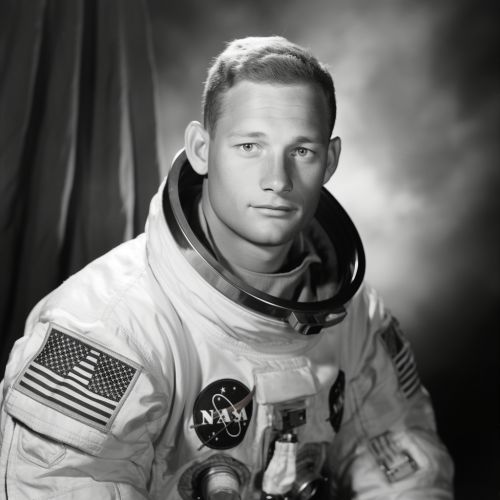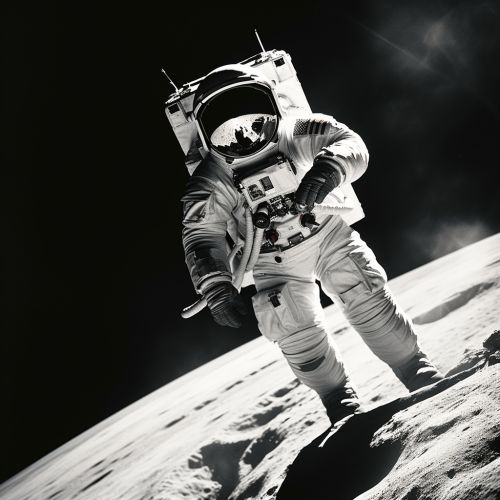Buzz Aldrin
Early Life and Education
Buzz Aldrin was born as Edwin Eugene Aldrin Jr. on January 20, 1930, in Glen Ridge, New Jersey, USA. His father, Edwin Eugene Aldrin Sr., was an Army aviator during the First World War and later became a colonel in the U.S. Air Force. His mother, Marion Moon, was the daughter of an Army chaplain. Aldrin was nicknamed "Buzz" by his younger sisters, who mispronounced "brother" as "buzzer". This nickname was later legalized as his first name in 1988.


Aldrin graduated from Montclair High School in Montclair, New Jersey, in 1946. He turned down a full scholarship offer from the Massachusetts Institute of Technology (MIT) to attend the U.S. Military Academy at West Point. He graduated third in his class with a Bachelor of Science degree in mechanical engineering in 1951.
Military Service
After graduation, Aldrin chose to be commissioned as a second lieutenant in the U.S. Air Force and entered flight school. He flew 66 combat missions in F-86 Sabres during the Korean War and shot down two Mikoyan-Gurevich MiG-15 aircraft. He was decorated with the Distinguished Flying Cross for his service in the Korean War.
In 1959, Aldrin was selected for the Air Force's Aerospace Research Pilot School, where he trained on the F-104 Starfighter. He later earned a Doctor of Science degree in astronautics from MIT in 1963. His doctoral thesis was titled "Line-of-Sight Guidance Techniques for Manned Orbital Rendezvous", a fundamental work for NASA's Apollo program.
NASA Career
Aldrin was selected as part of NASA's third group of astronauts, known as "Astronaut Group 3", in October 1963. His first spaceflight was as pilot of Gemini 12, the last mission of NASA's Project Gemini, in November 1966. During this mission, Aldrin performed three extravehicular activities (EVAs), also known as spacewalks, and proved that astronauts could work outside spacecraft.


Aldrin's second and final spaceflight was as lunar module pilot for Apollo 11, the first manned mission to land on the Moon, in July 1969. Along with mission commander Neil Armstrong, Aldrin became one of the first two humans to set foot on the Moon. His words, "Beautiful view. Magnificent desolation.", described the lunar surface.
Post-NASA Career
After retiring from NASA in 1971, Aldrin remained active in promoting space exploration. He devised a master plan for missions to Mars known as the "Aldrin Mars Cycler", a spacecraft system with perpetual cycling orbits between Earth and Mars.
Aldrin has written several books, including his autobiography "Magnificent Desolation", which provides an in-depth look at his life before, during, and after his part in the Apollo 11 mission. He has also made appearances in popular culture, including guest roles on TV shows and films related to space and science fiction.
Legacy
Aldrin's contributions to space exploration have been widely recognized. He has received numerous awards and honors, including the Presidential Medal of Freedom, the highest civilian honor in the U.S. He was inducted into the U.S. Astronaut Hall of Fame in 1993.
Aldrin's legacy extends beyond his achievements as an astronaut. His advocacy for space exploration and his work on spacecraft rendezvous techniques have had a lasting impact on the field of astronautics.
